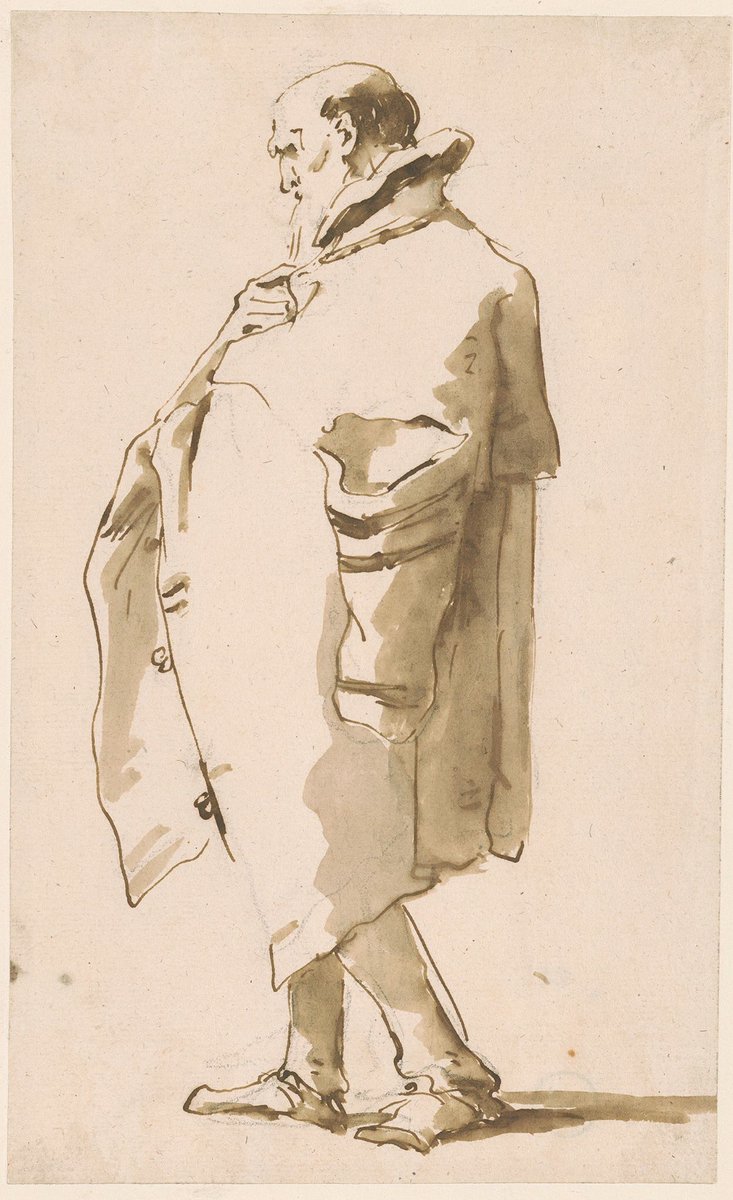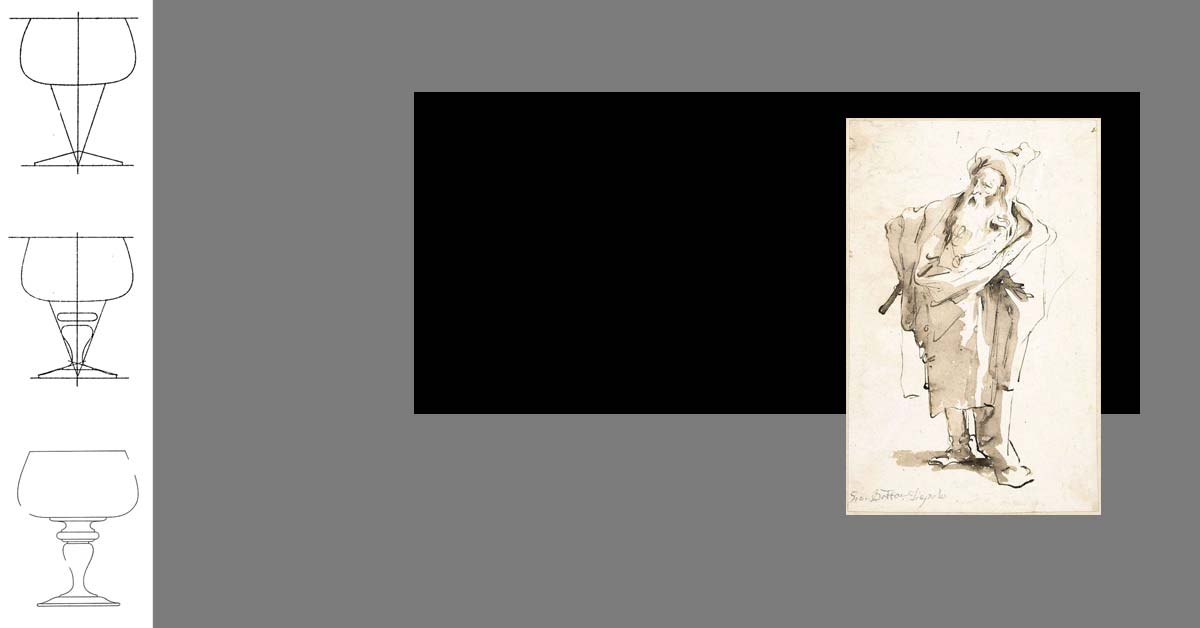So with social distancing taking effect it is time to get a hobby! Why not learn to draw? For anyone with time, paper and a pen copying old master drawings is a great way to learn to draw. Below you will find a list of high res drawings that are great drawings to learn from.
Join our growing community of art lovers! Thanks to the CBC for sharing this drawing challenge!
Choose a drawing



Set up Art Exercise:
Grab a pen and paper and a large book (9 x 12) that you can lean against the table. You never want to draw on a flat surface. Tape your paper to the book and lean it against the table, resting on your lap. Now you can look at the paper head on. When the paper is lying on a flat table you are seeing everything in perspective and making your job twice as hard.
Choose one of the below drawings. You can print it out and tape it to a wall or you can use the image from your screen. Make sure the drawing is far enough away. You want a least one arms length between you and your subject.
How to start
Never start with the eye. We are going to work big to small. First try and block out the big shape of your drawing. Imagine if you only had 4 to 5 big lines. How would you represent this drawing?
Get the right measurements
Now you want to take some measurements. What’s the middle point of the drawing? If it’s a portrait draw a dash line to indicate where you would place the eyes, the base of the nose and he middle of the mouth.
To make measurements stick your arm out so it’s straight and close one of your eyes. Use your pen as a kind of ruler. Measure the space from the chin to the eyes and than from the eyes to the top of the head. They should be pretty close. Now check those same measurements on your drawing. Keep measuring different sections and compare the measurements of the drawing with your copy. Try and do this for at least 15 minutes.
How to add shadow & detail
Now you can start to ad detail to your outlines. show the roundness of the line outline and started adding the features (eyes, nose, mouth).
When you are feeling really good about placement, it’s time to start looking for shadow shapes. In all of these drawings the artists have used line to show shadow. Before we copy the lines lets try and outline the shapes of the different shadows. Draw lines that represent the boarder between the light area (no lines) and the dark areas (groups of lines).
How to get feedback
If you want to get feedback on your drawing tag me to your copy on instagram @clinton.courtney
